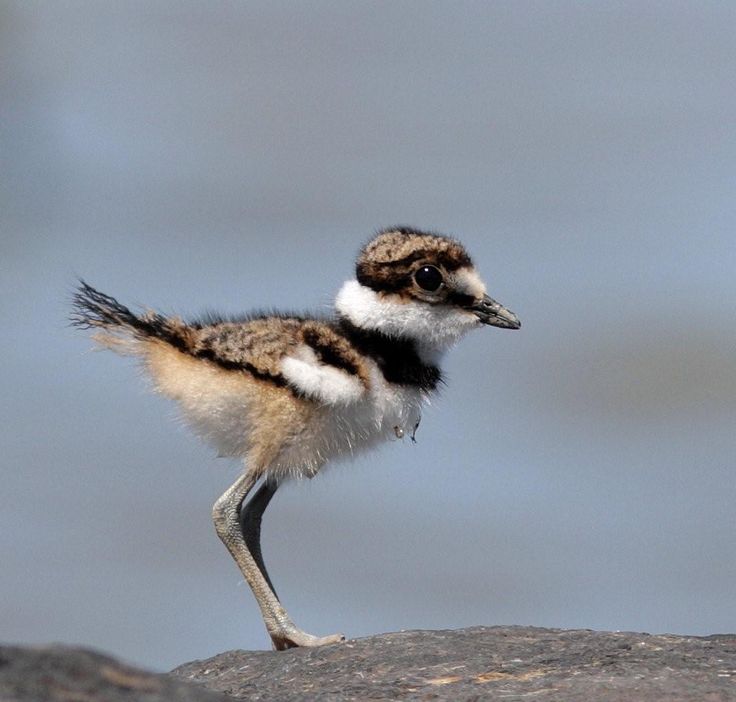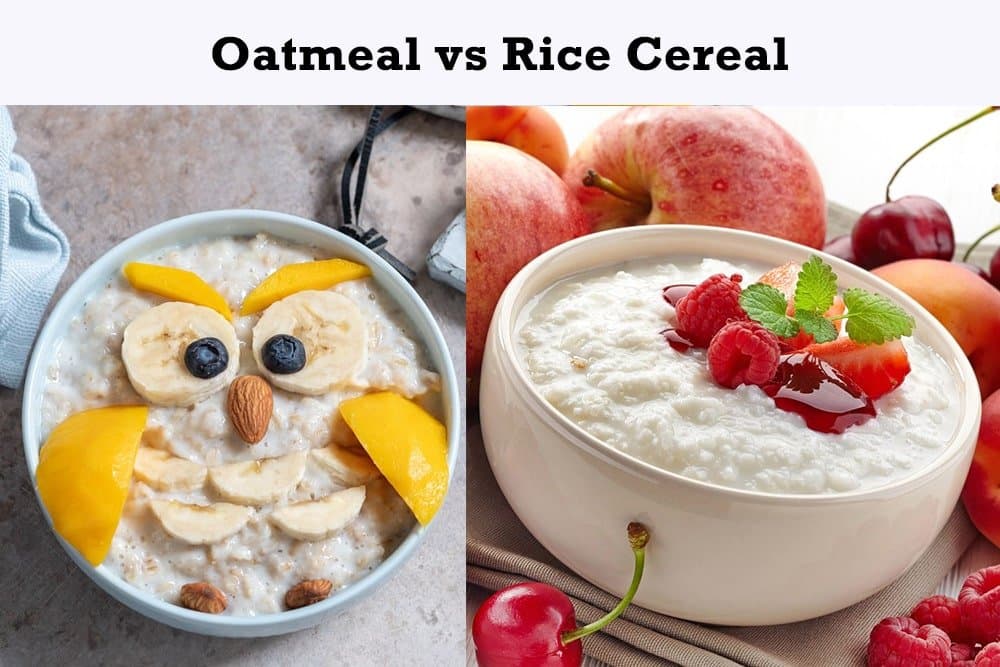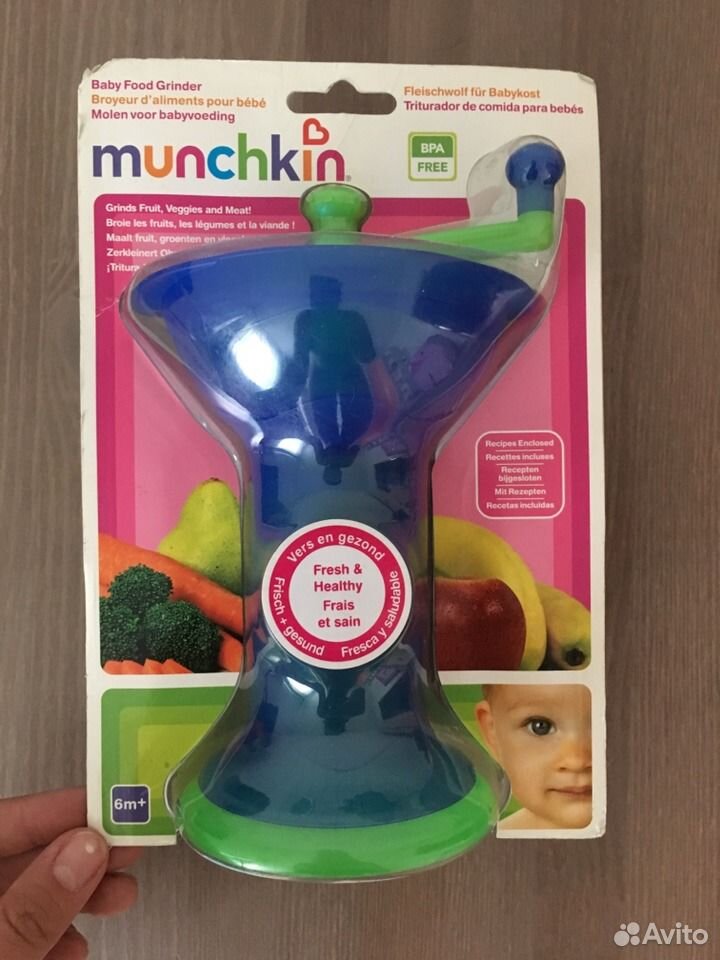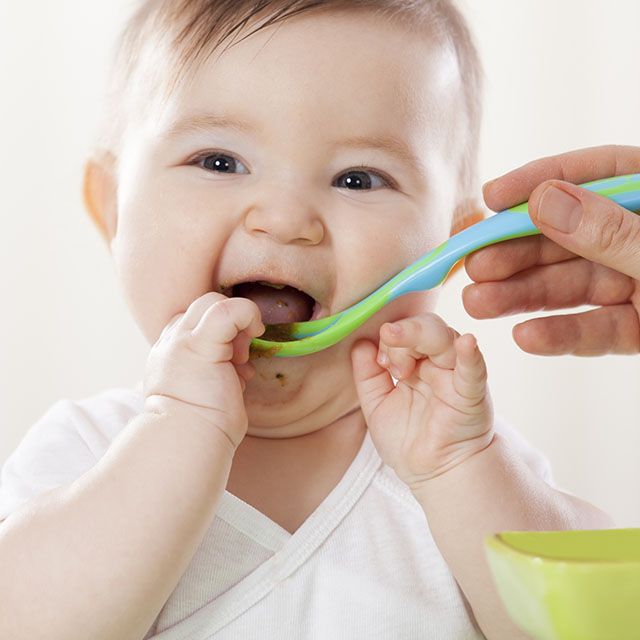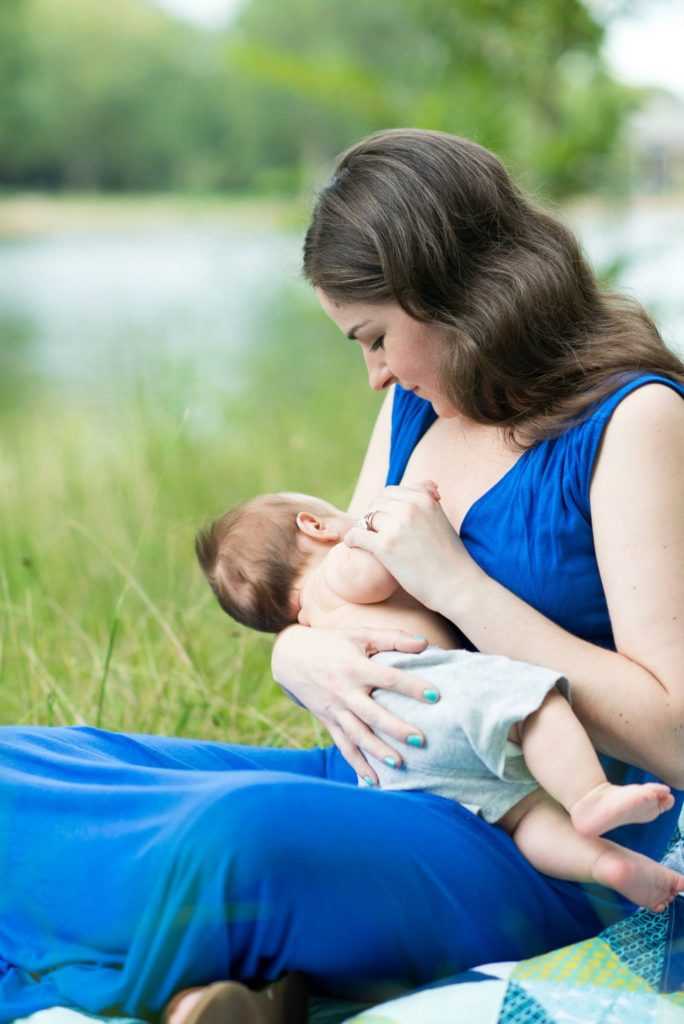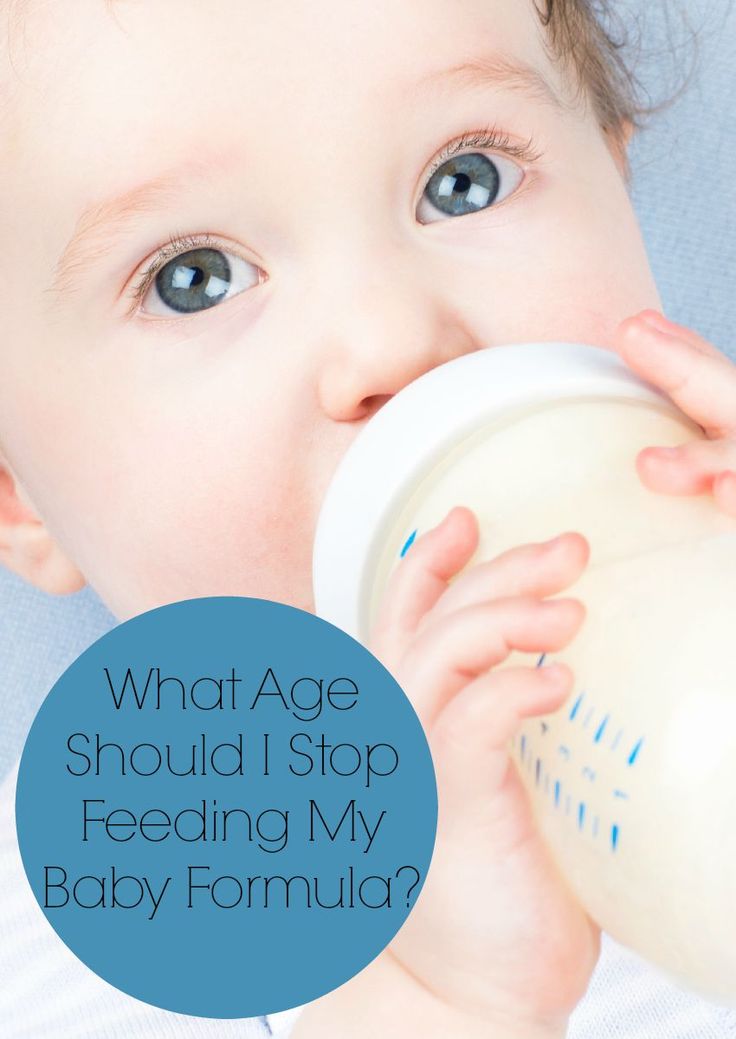What to feed baby killdeer birds
What Do Killdeer Eat? (Complete Guide)
What insects do killdeer eat?
How do killdeer find food?
What time of day do killdeer feed?
What do killdeer eat in the winter?
What do killdeer eat in the summer?
What do baby killdeer eat?
What can I feed a killdeer?
Do killdeer feed on the ground?
What do killdeer drink?
How do I attract killdeer to my yard?
Killdeer Diet FAQs
The killdeer (Charadrius vociferus) is one of the most common species of North American plovers. These shorebirds are found throughout Canada, the United States, and Mexico, where they prefer habitats with little to no vegetation, such as mudflats, shorelines, and mowed lawns. You are also likely to observe them hanging out in parking lots during winter.
Killdeers eat a varied diet of invertebrates, seeds, and some small vertebrates, but insects are their primary food source, including beetles, grasshoppers, and fly larvae. They commonly consume earthworms, snails, and crayfish in addition.
These shorebirds are also opportunistic feeders - when the opportunity presents itself, killdeer will feed on frogs, tadpoles, and fish. If you are curious to learn more about what this bird eats and how they find their food, read on! In this article, we discuss the diet of the killdeer in detail and answer the most commonly asked questions.
Killdeer foraging for food in the wetlands, Canada
What insects do killdeer eat?
Killdeers eat a wide variety of insects. Grasshoppers, caterpillars, beetles, and fly larvae are among their most sought-after meals. They also feed on dragonflies, caddisflies, mosquito larvae, ants, spiders, centipedes, earthworms, ticks, and other true bugs.
How do killdeer find food?
The killdeer finds food by patting the ground or surface beneath shallow water with one foot. This behavior is thought to draw out prey burrowed underground. These birds also probe into the mud with their bills or chase prey running along the ground.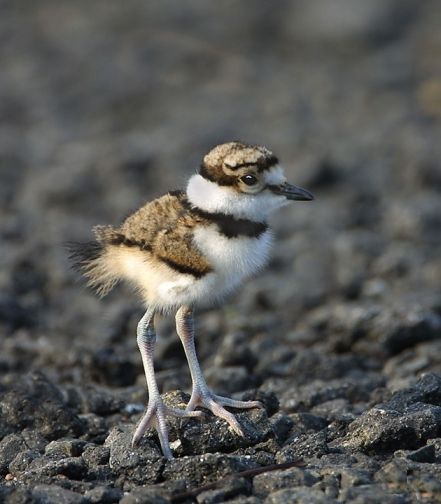
Killdeers have adapted a few hunting behaviors. The most commonly utilized strategy begins with the bird running toward its prey, then stopping to wait. Once their prey moves, the killdeer rushes forward to grab the animal in its bill. These birds will also follow a farmer’s plow to retrieve tilled-up earthworms.
Killdeer foraging for food in the swamp
What time of day do killdeer feed?
The killdeer feeds during the day and night. In early spring and summer, flocks are frequently observed in fields and parking lots well after dusk. These noisy gatherings typically involve foraging and socializing together.
What do killdeer eat in the winter?
The killdeer is only a partially migratory species. Most populations are year-round residents, overwintering in or near their nesting grounds. The birds' diet does not change much during winter - they still primarily eat insects.
In the winter, killdeers mainly eat Sod webworm adults and larvae are their most common prey.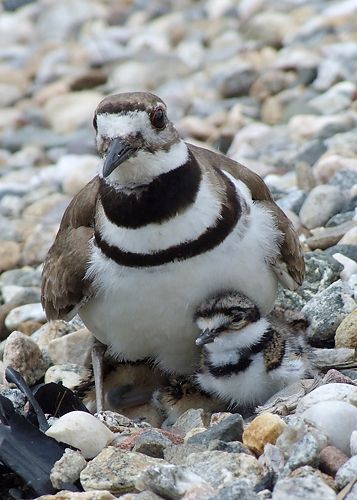 They also feed on beetles, grasshoppers, spiders, earthworms, and centipedes. Leftover seeds from agricultural areas are consumed throughout winter as well.
They also feed on beetles, grasshoppers, spiders, earthworms, and centipedes. Leftover seeds from agricultural areas are consumed throughout winter as well.
Killdeer in winter
What do killdeer eat in the summer?
The killdeer has access to its full array of food sources during the summer months. Insect larvae, earthworms, grasshoppers, spiders, and snails are common prey. Crayfish and other small crustaceans are also consumed.
Though these shorebirds mostly forage for insects, they are opportunistic feeders. When the opportunity presents itself, killdeer will eat frogs, tadpoles, and small fish as well.
What do baby killdeer eat?
There are no observations of killdeer feeding their young. Quickly after the chicks hatch, they follow their parents to feeding areas. These may include a pond, stream, ditch, or any other area with shallow standing or moving water.
The baby killdeer begin catching and eating prey on their own, with insects being their primary food source. They have also been observed eating crayfish.
They have also been observed eating crayfish.
Killdeer with their chick
What can I feed a killdeer?
You can feed killdeer mealworms or they may forage seeds from under your bird feeder or in your garden. However, they generally prefer catching and eating invertebrates, such as worms, beetles, grasshoppers, and insect larvae.
Do killdeer feed on the ground?
Killdeers primarily feed on the ground. They probe through mud or chase and catch prey running along the surface. Occasionally, a killdeer will catch a tree frog or insect that is perched on a plant or in flight.
A killdeer eating a worm
What do killdeer drink?
Killdeers frequently drink water from a stream or still pool. They are most often observed drinking after they eat.
How do I attract killdeer to my yard?
The killdeer is attracted to open expanses of mowed lawns or fields, preferably with access to a nearby water source. If your property offers this habitat, you may entice these shorebirds to come forage in or near your yard.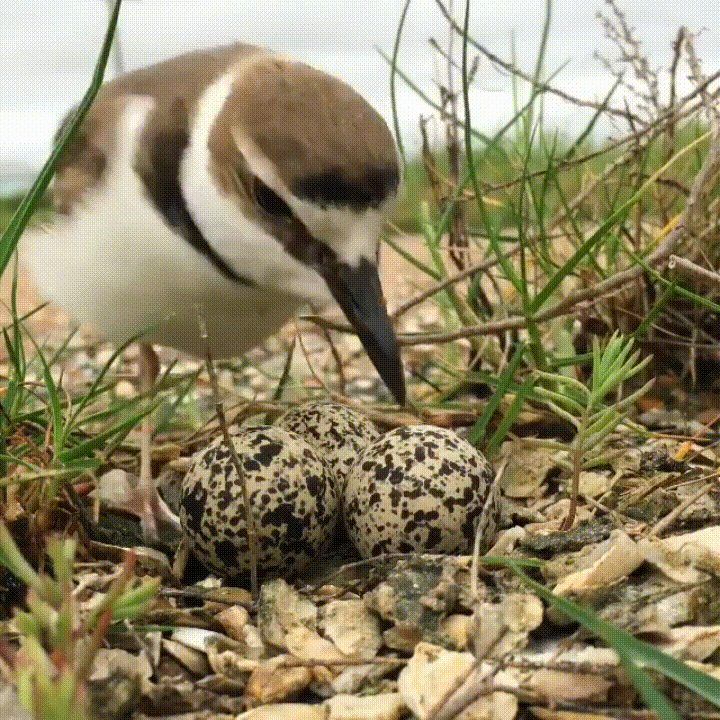
Although killdeer will occasionally eat seeds from gardens and crop fields, they do not use bird feeders. Foraging on the ground is the killdeers preferred method of finding food. Keep this in mind when developing a plan to attract these birds to your yard.
Killdeer in flight
Killdeer Diet FAQs
Do killdeer eat their eggshells?
Killdeers do not eat their eggshells. However, they do carry broken shells away from the nest after chicks have hatched.
Do killdeer eat mealworms?
You can feed killdeer mealworms, but they prefer foraging on their own for spiders, snails, worms, insects, and crayfish.
Do killdeer eat birdseed?
Killdeers will occasionally eat seeds, but they prefer insects and small crustaceans. They are not attracted to bird feeders.
Do killdeer eat bread?
Bread is not a natural food source for killdeer, nor is it nutritious for them. It is healthiest for these birds to eat their natural diet of invertebrates and seeds.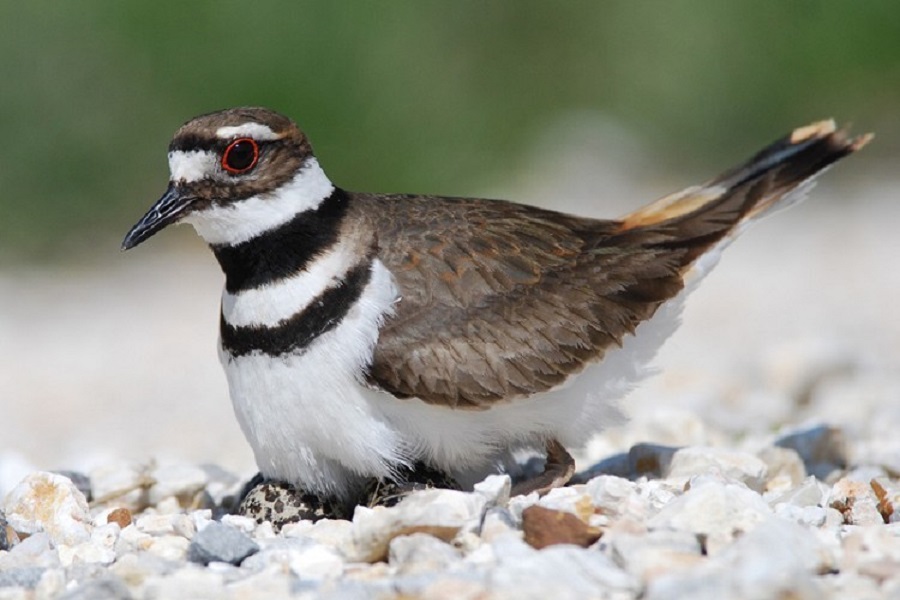
Close up of a Killdeer
Do killdeer eat ticks?
Killdeers will eat ticks. They also consume a variety of other terrestrial and aquatic insects.
Do killdeer eat tadpoles?
The killdeer is an opportunistic feeder. It will eat tadpoles (and small frogs) when the opportunity arises.
Do killdeer eat worms?
Worms are a primary food source for the killdeer. Along with caterpillars, beetles, grasshoppers, and fly larvae.
Expert Q + A
Ask a question
Do you have a question about this topic that we haven't answered? Submit it below, and one of our experts will answer as soon as they can.
What Do Baby Killdeer Eat?
As an Amazon Associate I earn from qualifying purchases.
Baby Killdeer are precocial chicks, just like baby ducks, geese, and other fowl. These babies hatch from the egg covered with thick down and open their eyes quickly, demonstrating full mobility. They imprint on their parents and cling to them tenaciously after only a few minutes.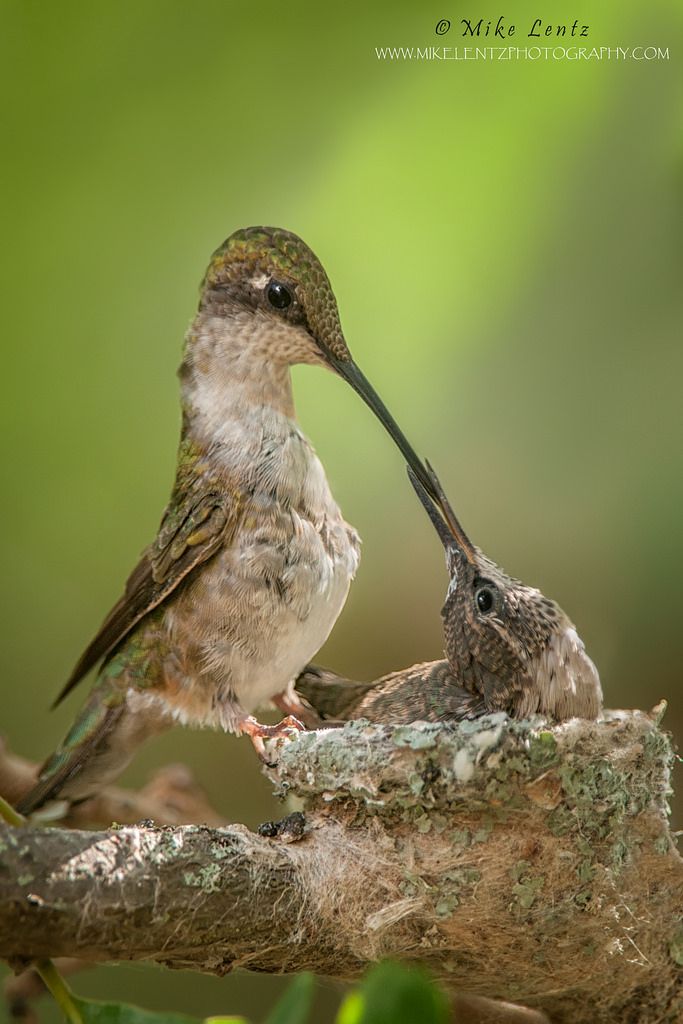 Both moms and dads provide them with food items, which they gather up before eating. For several weeks, the family stays together.
Both moms and dads provide them with food items, which they gather up before eating. For several weeks, the family stays together.
The baby killdeer develops fast, demanding a considerable amount of food, and the youngster you discovered has most likely imprinted on its parents and requires to be with them in order to distinguish food and consume.
The greatest thing to do is return the chick and look for the parents. If one of the parents demonstrates a broken-wing display, pretending to be hurt, you may have disturbed them from eating or drinking. You should put the killdeer chick down and depart as soon as possible. It’s terrible to leave these adorable puffballs of fluff, but it’s much worse for the bird and you or your children if it starves to death in your care.
If you don’t know where a Killdeer chick was obtained but do know the location of another if you have a plastic, paper, or vinyl egg with a bird inside of it similar in size to the one you’re dealing with, drop it in there.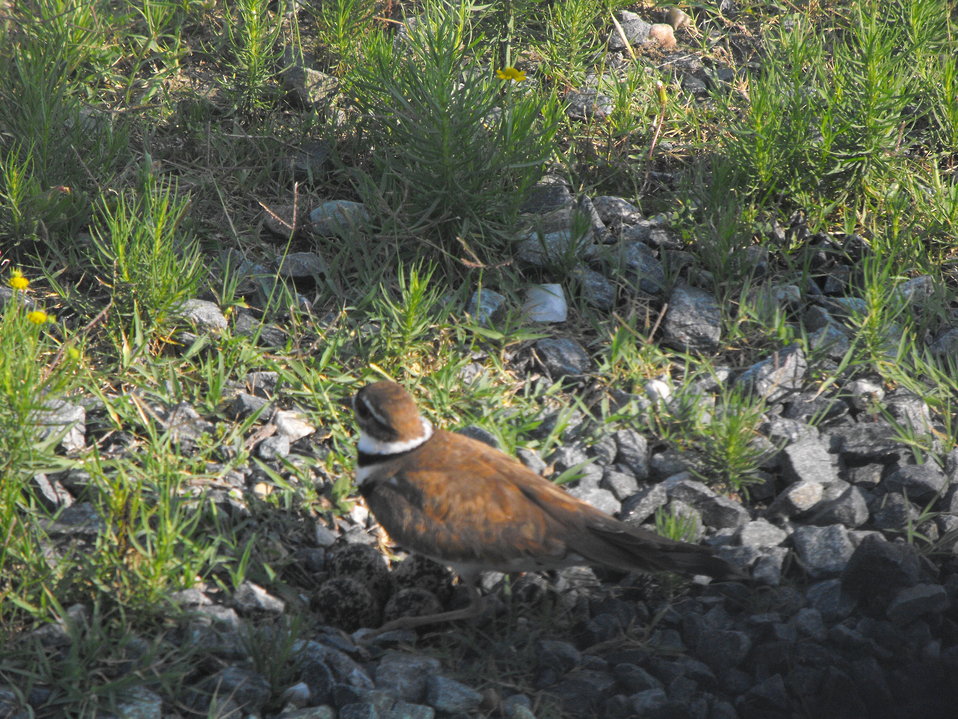 This can also be done for goslings and ducklings.
This can also be done for goslings and ducklings.
Baby Killdeer birds eat insects and plant materials like berries and weed seeds. They also consume crustaceans, as shorebirds are known to do. They eat grasshoppers, earthworms, beetles, snails, insect larvae, caterpillars, spiders, centipedes, earthworms, crayfish, and other terrestrial invertebrates in great quantities. In addition, they also consume tiny vertebrates on occasion.
EarthwormThe most important time to feed a newborn Killdeer is three times a day. A nutritious diet that includes seeds, invertebrates, and mealworms like blood worms, brine shrimp, and mosquito larvae should be given to the babies.
What Do Baby Killdeer Eat in The Wild? Caterpillars Are On The Menu For Baby Killdeer BirdsThe birds also differ from most plovers in terms of their food preferences. They are omnivores, which means they consume both plants and small animals.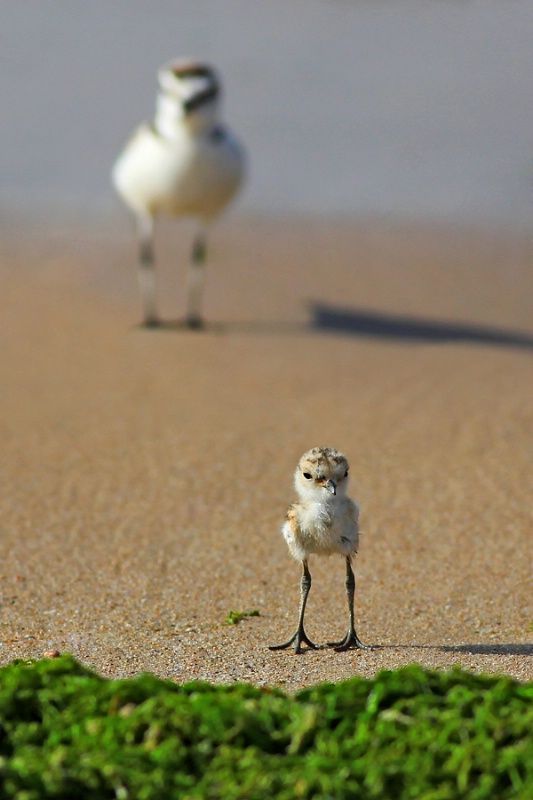 The rest of their diet is comparable to that of their relatives, with the majority being tiny invertebrates.
The rest of their diet is comparable to that of their relatives, with the majority being tiny invertebrates.
They consume a plant-based diet that is primarily fruit, with raspberries from various plants being their favorite. Insects, tiny crabs, larvae, and shrimp are among their other meals sources.
Killdeer Birds Eat RaspberriesWhat Do Baby Killdeer Look Like?The killdeer juvenile or baby appears to be quite similar to its adult counterpart, with the exception that they are smaller in size. The killdeer babies fall into the category of precocial among the two primary kinds of hatchlings. They seldom rely on their parents for food, but they leave home with them instead of foraging. The hatchlings burst forth from their eggs with eyes open and well-developed.
How To Feed A Baby Kildeer Bird? A Killdeer BirdIn the spring, baby killdeer birds are frequently discovered abandoned in trees or on the ground. Their pitiful cries elicit a mothering instinct in even the most hardened of hearts. It’s only natural to want to rescue and nurse it back to health. Before you do, you must first consider the situation and ensure that you are making the best decision for the bird.
It’s only natural to want to rescue and nurse it back to health. Before you do, you must first consider the situation and ensure that you are making the best decision for the bird.
Consider whether you want to nurse the baby killdeer bird on your own. Because newborn birds are delicate and must be fed frequently if you choose to do it yourself, understand that you are committing yourself entirely. If you feel comfortable handling these duties, this article will teach you everything there is to know about feeding and caring for a baby bird.
Step 1Every 15 to 20 minutes during the day, feed the baby killdeer bird. Because their parents make a lot of feeding journeys every day, baby killdeer birds have strict nutritional needs. To follow this demanding feeding schedule at home, feed the baby bird every 15 to 20 minutes from sunrise to sunset.
Wait for 30 to 45 minutes between feedings once the baby quail has opened its eyes and developed some feathers.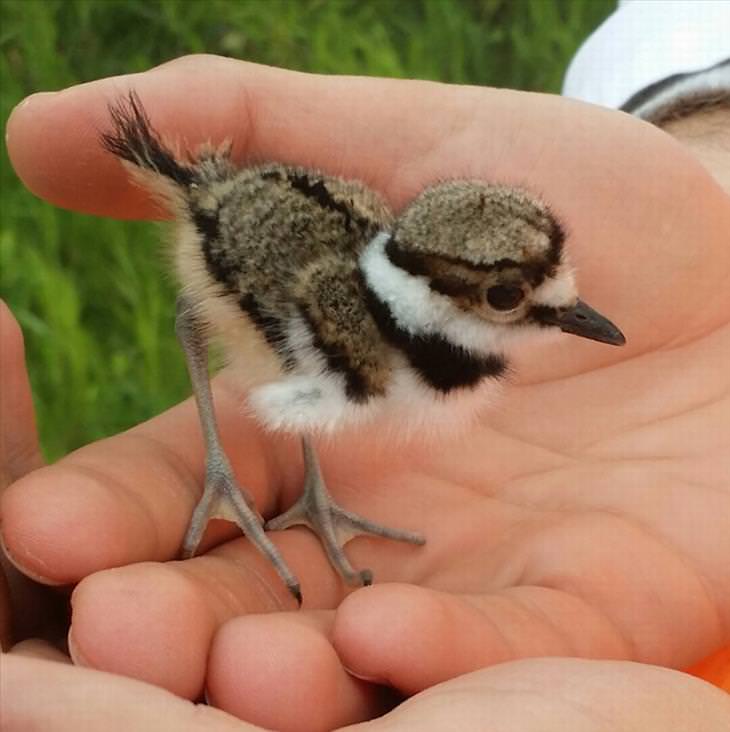 After that, you may gradually increase the amount of food served per feeding and decrease the number of feeding times as necessary.
After that, you may gradually increase the amount of food served per feeding and decrease the number of feeding times as necessary.
When the baby bird is able to leave the nest and walk around the box, you may offer it food every hour or so. You can reduce this interval down to once every 2 to 3 hours before leaving morsels of food in the box for the bird to discover on its own.
Step 2What to feed the newborn killdeer bird is a crucial topic. There are numerous viewpoints on what brand of food to feed a newborn bird, although most experts believe that as long as the baby bird gets all of its nutrients, the specific food isn’t essential. Despite the fact that adult birds have diverse diets, most baby birds require similar nutrients and will need to be fed high-protein food.
For a newly hatched altricial bird, a diet of 60 percent puppy or kitten kibble, 20 percent hard-boiled eggs, and 20% mealworms can be found online.
To prepare the baby bird’s food, fill a small cup or container with moistened kibble until it forms a sponge-like texture.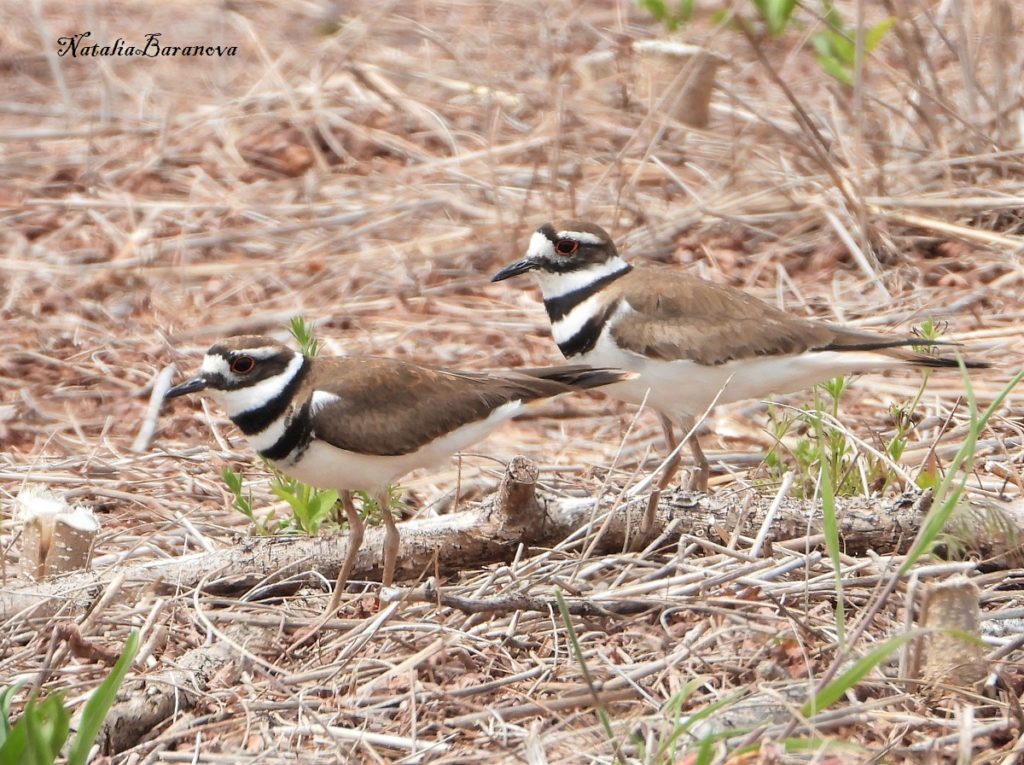 The water should not be dripping as this might drown the baby bird. The hard-boiled eggs and mealworms should be cut into tiny bite-size pieces.
The water should not be dripping as this might drown the baby bird. The hard-boiled eggs and mealworms should be cut into tiny bite-size pieces.
Begin to change the baby killdeer’s diet as it grows. As the kid bird matures and begins to hop about, you may begin to vary its diet somewhat and provide it with food that will be eaten as an adult.
Earthworms, crickets, and grasshoppers that have been chopped up to little pieces, as well as any insects you might gather at the base of a bug zapper, are eaten by insect-eating birds.
Step 4Do not offer the baby killdeer bird bread or milk. Many people give their newborn birds milk or bread, despite the fact that it is not part of a bird’s normal diet. Milk is not an essential component of a bird’s diet, and it will become ill if fed it. Bread is an empty-calorie food that won’t provide your little bird with the nutrients it needs to grow. It’s also critical to keep in mind that any nourishment you give your newborn baby should be kept at room temperature.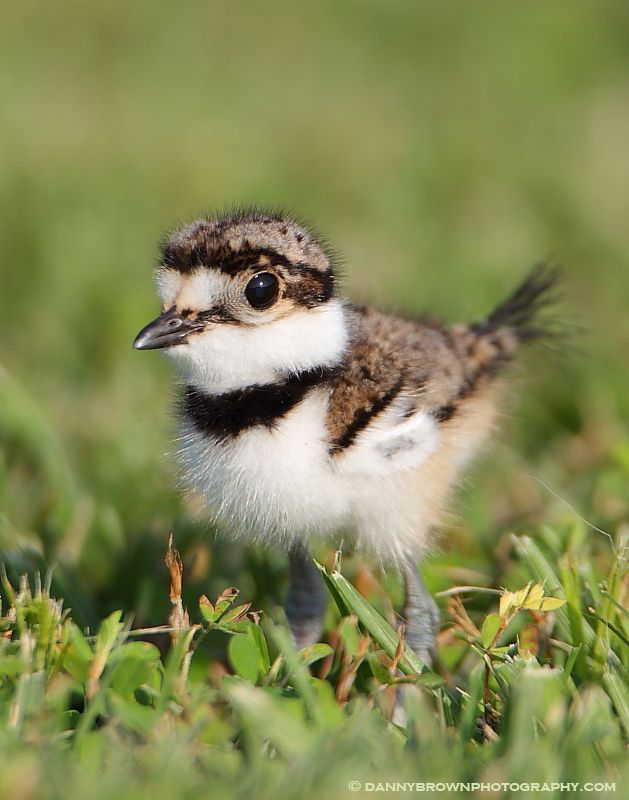
Using the appropriate method of feeding is critical. Baby killdeer birds should be fed with great care. Plastic forceps and dull tweezers are the best tools to use. In case the previously mentioned objects aren’t available, you can opt for a chopstick, which is narrow enough, to fit into the bird’s mouth will do. Place a little food between the forceps or tweezers or at the edge of the chopstick before dropping it into the baby’s mouth to feed her.
Don’t be concerned about the food going down the wrong way, as the bird’s glottis will close automatically while it is feeding. If your baby’s mouth is not gaping, gently touch its beak with the feeding implement or massage the meal around the edge of its beak. When you shake the feeder, it sends a signal to the bird that it’s time to eat. If the bird still refuses to open its beak, softly urge it open.
Step 6Water should not be offered to the baby bird. Water should not be given to a newborn baby bird orally since the water would most likely fill their lungs and cause them to drown. They can only drink water after they are able to walk around the box. At this point, you can put shallow containers, such as jar lids, into the box for the bird to drink from.
They can only drink water after they are able to walk around the box. At this point, you can put shallow containers, such as jar lids, into the box for the bird to drink from.
The entire species of killdeer is susceptible to numerous predators, including birds of prey, crows, gulls, ravens snakes, coyotes, foxes, dogs, domestic cats, raccoons, Virginia opossums, and skunks.
The Killdeer distracts predators that approach the nest by diverting them. An intruder’s approach may be overlooked by an adult killdeer sitting on eggs. When the intruder gets too close to the nest, an adult killdeer will abandon it and perform an injured bird routine, limping away and dragging its wings. The adult killdeer takes off in flight and evades potential risk once it has driven the unwanted guest sufficiently distant from the nest.
How Do Baby Killdeer Protect Themselves? Killdeer BirdShorebirds such as the Killdeer are common on beaches, but they have also adapted to offshore settings such as golf courses, sports fields, and parking lots.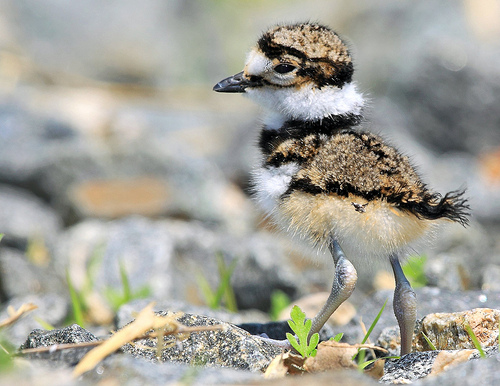
Because they favor gravel grounds, the nest is frequently a small hole in the ground. The speckled eggs blend in with the gravel well, but the young are readily apparent.
The killdeer has an unusual method of defending itself against foes. That same orange patch that appears in flight as part of their broken-wing dance. This is a predator diversion tactic.
When a killdeer believes its nest is under threat, it holds the wing down, flashes the orange patch, and pretends to have a broken wing in an effort to divert attention away from its eggs or young. The bird simply flies away after the danger has been sufficiently moved away from the nest.
The youngsters are able to run about and feed themselves, but the adults will watch over them, steering them away from what they believe to be hazardous situations.
When the young are in danger, it is in these tense circumstances that the adults will put on a fantastic show to defend them. The grown-ups will start calling loudly with a shrill, high-pitched voice if a perceived predator, such as humans, enters the region where the youngsters are.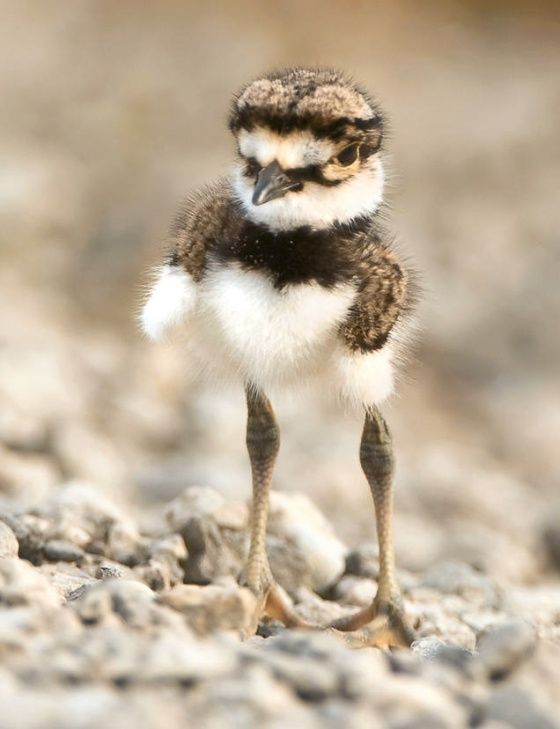
The youngsters will put on a fantastic performance as a result of this, hence the “great pretender” moniker from the first sentence. Adults will play the part of wounded by dragging one of their wings on the ground and staggering in the opposite direction.
The youngsters will cease any movement or noise during this performance in order for the parents’ broken wing display to work effectively. The injured adult will have a miraculous recovery and fly away to safety, calling the whole time as if to mock the failure of its attacker, when the predator is lured away from the youngsters to a safe distance.
Amazon and the Amazon logo are trademarks of Amazon.com, Inc, or its affiliates.
Instructions: How to care for found chicks
If you decide to hatch a chick, make sure you know not to give it, as some food is not suitable for certain types of birds.
On the eve of spring and the expected fall of the chicks, PanARMENIAN.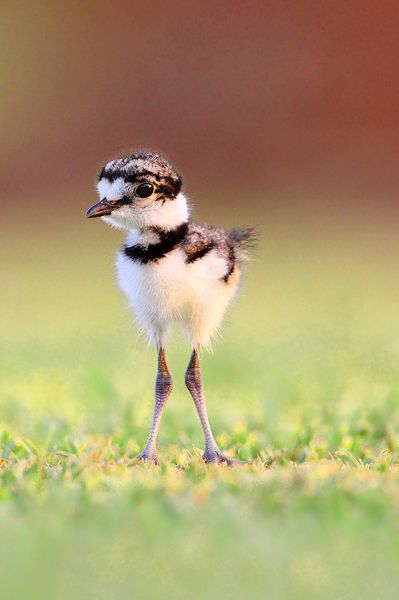 Net decided to share some recommendations that will help you navigate in the situation of saving your feathered friends.
Net decided to share some recommendations that will help you navigate in the situation of saving your feathered friends.
PanARMENIAN.Net - From the very beginning, let's make a reservation that each species of bird has its own peculiarities of nursing chicks.
Most often, fledglings come across - these are chicks that have just begun to fly out of the nest and stand on the wing (sparrows, crows, magpies, starlings, etc.). If they are in a safe place, they do not need to be touched, as this is the natural process of becoming a young bird. The chick's parents are always there: they feed and protect them until they acquire all the necessary skills. This point, however, does not apply to swifts. By about 40 days after hatching, swift chicks themselves fly out of the nest - their parents do not have to teach them to fly. If you find a swift, try to help it fly up, because due to the peculiarities of their structure, swifts cannot take off from the ground (long wings and short legs).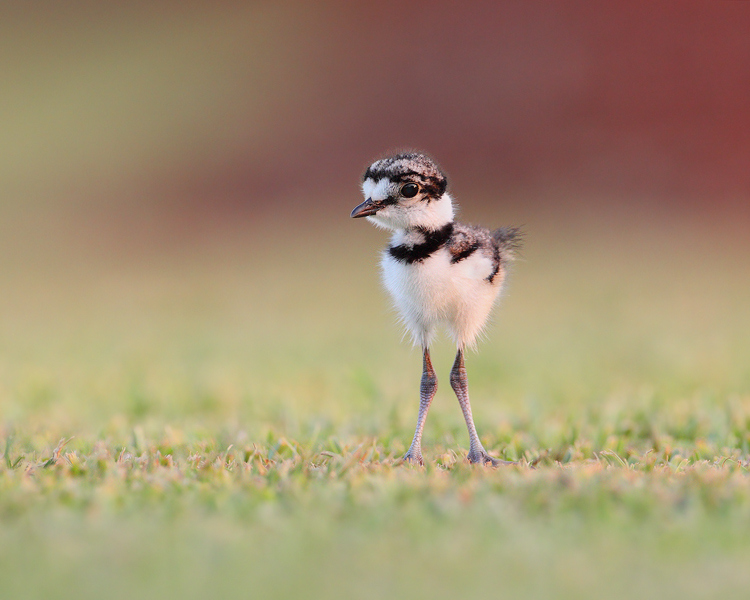 To do this, lift it above your head and toss it slightly.
To do this, lift it above your head and toss it slightly.
If the bird cannot fly, then it is either sick or it is a chick that has fallen out of the nest. By the way, nursing swifts is a very specific process due to their rather delicate structure and diet.
A separate issue is the chicks that have fallen out of the nest. As a rule, they themselves fall by negligence or are blown away by the wind. These chicks are small, their plumage is not developed or poorly developed: they do not have a tail, and tubules predominate on the wings. Dropped chicks do not show normal activity, but, as a rule, lie on the ground and squeak. Most often, such chicks are injured when they fall and will not survive in nature, because. need emergency treatment and long-term rehabilitation.
You can do a little test to determine the age of a bird by placing it on your finger. If the chick confidently grabs onto it, then most likely it is a fledgling.
If the bird has difficulty flapping its wings, it is most likely injured.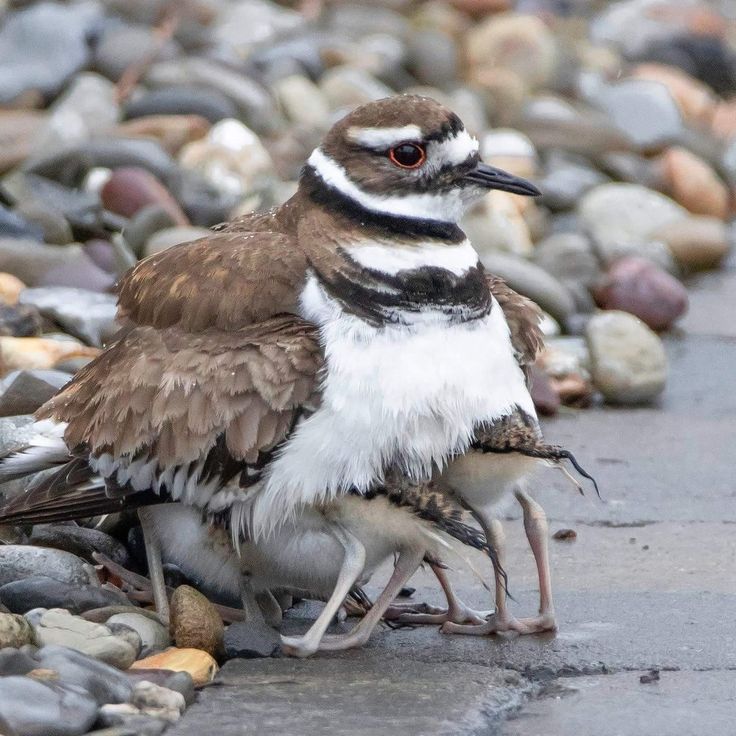 Also, if the bird is trembling, it may indicate that she has an illness or dehydration.
Also, if the bird is trembling, it may indicate that she has an illness or dehydration.
And yet, if you decide to breed a chick, be sure to find out what not to give him, as some food is not suitable for certain types of birds. For example, most do not tolerate milk.
Determine the type of bird and, accordingly, its diet. What the chick eats will depend on what its parents eat. For example, finches and goldfinches are granivorous, swifts and swallows are insectivorous, sparrows feed mainly on plant foods, only in spring partially on insects, which also feed chicks, crows eat everything from nuts and berries to insects and small rodents.
Do not give water to the chick. If the food is sufficiently soaked, then it will not need additional water, at least until it has fledged. Water can do more harm than good, because the chick can inhale it and die
Use a syringe to feed the chick down the throat below the glottis (no needle). Or roll the food into a ball.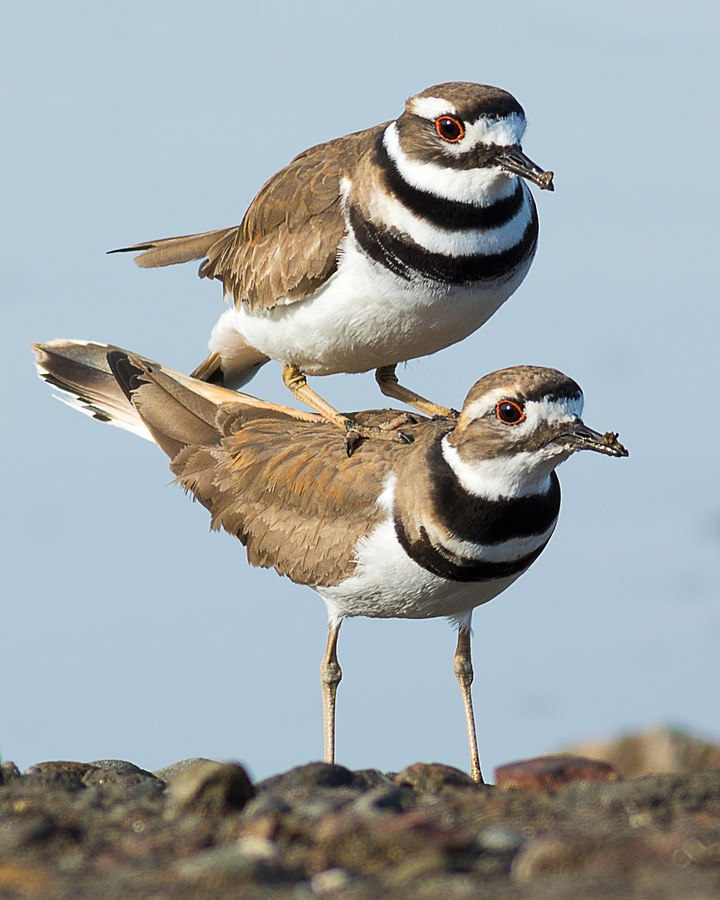 In fact, all food should be about the size of a pea. A hungry chick will eat actively. If he is not particularly active, then he is probably already full.
In fact, all food should be about the size of a pea. A hungry chick will eat actively. If he is not particularly active, then he is probably already full.
If the chick seems dehydrated, you can give him slightly sweetened water. Use your finger to place a drop of drink in the chick's beak so that the chick can lick it off. Signs of dehydration in a chick include a dry mouth and redness of the skin. Also, when dehydrated, the skin on the back of the neck will not immediately return to its previous shape if it is pinched.
At about four weeks old, the chick should begin to learn to feed on its own. However, this may take another month or so. You should continue to feed the chick by hand throughout this time, but also place a bowl of food in the cage for him. At this stage, you can already put the chick and a very shallow saucer of water.
After the chick has finally formed its wings and starts to fly, you can try to release it into the wild.
What to feed the found chick, how many times a day
If you have found a chick, the first thing you need to do is determine its species.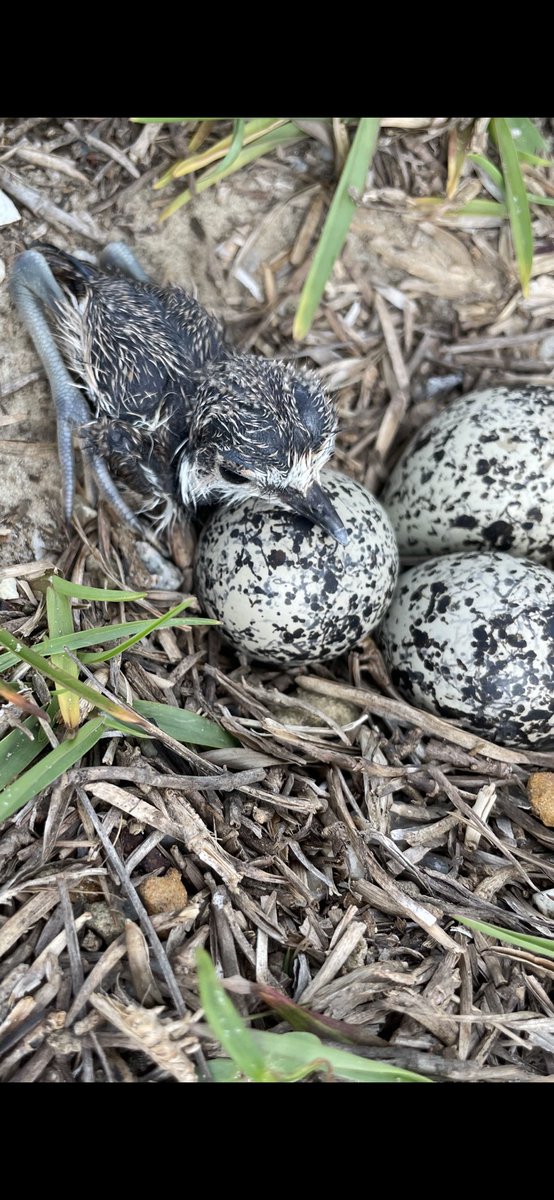 Feeding granivorous, insectivorous and predatory chicks have their own differences. But in the early stages of feeding, you can use the same feeding methods, and then, after finding out what kind of bird you found, transfer the chick to the appropriate feeding.
Feeding granivorous, insectivorous and predatory chicks have their own differences. But in the early stages of feeding, you can use the same feeding methods, and then, after finding out what kind of bird you found, transfer the chick to the appropriate feeding.
Here is one of the most common feeding options for granivorous and insectivorous chicks. This nutrient mixture is well used for feeding for chicks and fledglings from the passerine family. To prepare our mixture, we need the following products: Boiled egg, low-fat cottage cheese, raw carrots, meat (beef, chicken, turkey), greens (lettuce, dandelion leaves, wood lice), hamarus and daphnia, Calcium gluconate (shell from boiled eggs) glycerophosphate , children's dry dairy-free porridge or boiled millet (without salt and fat on the water).
Action one. Boil the egg, free from the shell. We free the shell from the shell film. Grind the egg as much as possible, you can use a grater with small holes.
Second step.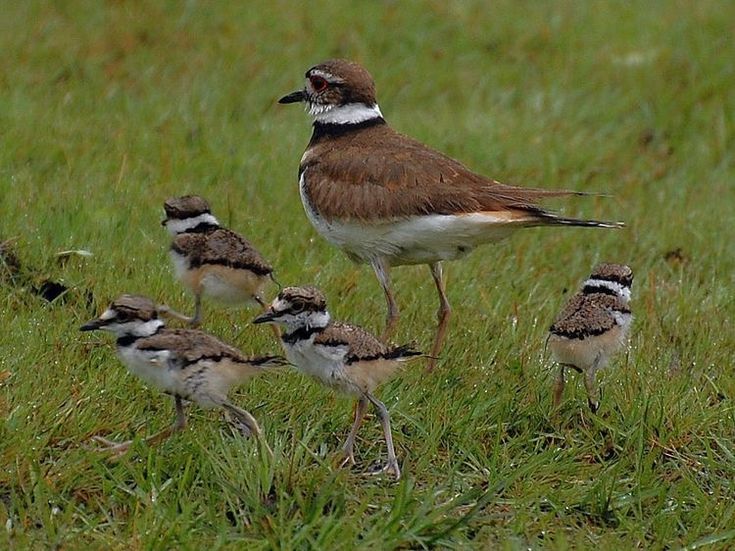 Boiled meat, it is better to take the pulp from the breast of a turkey or chicken and also chop or divide into fibers. The mixture will require meat 40 (for granivorous) and 60 grams (for insectivorous).
Boiled meat, it is better to take the pulp from the breast of a turkey or chicken and also chop or divide into fibers. The mixture will require meat 40 (for granivorous) and 60 grams (for insectivorous).
Third step. Take washed carrots of a small size, grate them on a fine grater, then squeeze the juice and we will use the remaining pulp.
Fourth step. We take not sour and not fatty cottage cheese. Cottage cheese should have 0% fat content, anything above is considered fat for poultry. We need 90-110 grams of cottage cheese. Sour cottage cheese must be boiled twice changing the water and then it will be suitable.
Action five. You can use greens to add the mixture, but you can do without it for the chicks. And so you can take the greens listed above, chop and add 1.5 teaspoons to the mixture.
Action six. To the above ingredients, add 1.5 -2 tsp. dairy-free porridge or boiled millet (well boiled, without salt and fat in the water).
Step seven. To the mixture we add the shell from the boiled egg, which must first be ground in a coffee grinder, plus one fourth of the crushed tablet of glycerophosphate.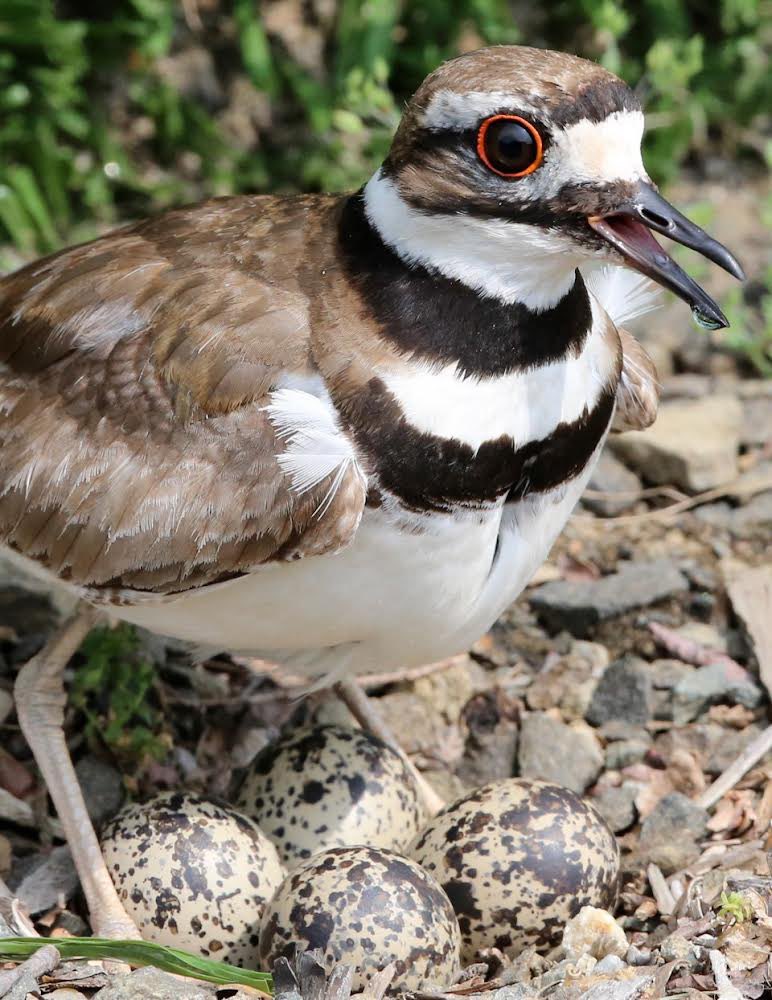 If it is not possible to find glycerophosphate, then you can purchase bone meal and add one fourth tsp. in powder form. At the very least, the shells are enough for now.
If it is not possible to find glycerophosphate, then you can purchase bone meal and add one fourth tsp. in powder form. At the very least, the shells are enough for now.
Step eight. We take chopped hamarus and daphnia and add about 1 tsp to the resulting mixture. Then we mix everything, it turns out a very thick, crumbly porridge, it should not stick to the fingers. If the mixture is sticky, you can add dairy-free porridge or powdered cereals.
From the resulting mixture we roll small balls no larger than a small pea, focus on the size of the chick's beak. You can feed 2-5 balls at a time and after each feeding drink plain water from an insulin syringe with a removable needle (without a needle) 4-6 drops. A week-old chick should be fed every 1-1.5 hours, older than two weeks of age every 2-4 hours, at three and four weeks of age you can feed 3-4 times a day. Do not forget that the chick is growing and, accordingly, one-time portions of food are growing. A very important point, do not forget to warm the chicks, because at their age they themselves cannot maintain normal body temperature.